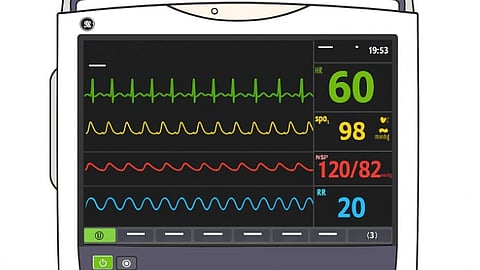Choosing patient monitoring equipment is one of the most important decisions a hospital can make. The CARESCAPE B450 offers the reliability, features, and support that critical care environments demand.
The monitor's combination of advanced technology and user-friendly design makes it suitable for facilities of all sizes. Whether you're upgrading an existing ICU or planning a new emergency department, the B450 provides the monitoring capabilities your patients deserve.
Consider your specific needs, budget, and long-term goals when evaluating monitoring solutions. The right equipment investment will serve your patients and staff well for many years to come.
The CARESCAPE B450 has proven itself in hospitals around the world. Its track record of reliability and performance makes it a smart choice for any healthcare facility serious about providing the best possible patient care.
MBTpg


